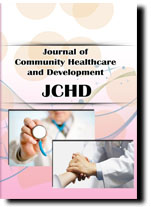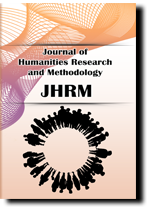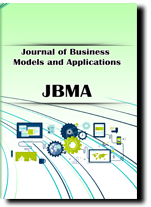Abstract:
(1) Background: The purposes of this study are to identify subjectivity of induced abortion perceived by nursing school students, describe characteristics of different factors of subjectivity, using Q methodology. (2) Methods: This study chose 20 junior and senior students who finished practical training in nursing department of a college and asked them to sort 38 statements on induced abortion. Collected data were analyzed using QUANL PC Program. (3) Results: The analysis found out that perceptions of respondents can be divided into three factors: 'negative perception type', 'result perception factor', and 'cause-finding factor'. (4) Conclusions: This study will serve as the basic data to figure out perceptions of nursing students on induced abortion and to educate those students.
Keywords:
Induced Abortion, Nursing Students, Subjectivity, Q Methodology
References:
[1] Sachdev P., “International handbook on abortion; Connecticut: Greenwood press”, United States of America, (1998), pp. 473-494.
[2] Choi, J. H., Kim, K. E. and Shin, M. A., “Contraceptive knowledge, contraceptive attitude, and contraceptive use among college students: Function of gender, age, and residence”, Korean Journal of Hyman Ecology, vol. 19, (2010), pp. 511-522, DOI: https://doi.org/10.5934/KJHE.2010.19.3.511.
[3] Kim, S. H. and Yoo, E. K., “A study on the level of perception of the effect on women's health of the artificial abortion”, Journal of Korean Academy of Women Health Nursing, vol. 30, (2000), pp. 166-180.
[4] Dyess, S. and Parker, C., “Transition support for the newly licensed nurse: a programme that made a difference”, Journal of Nursing Management, vol. 20, (2012), pp. 615-623, DOI: https://doi.org/10.1111/j.1365-2834.2012.01330.x.
[5] Whang, S. M., You, S. W., Kim, J. Y. and Kim, R. G., “Consumer Types and Cultural Consumption Characteristics of Korean Society: Who Spends for What Reasons?”, Journal of Human Subjectivity, vol. 13, (2006), pp. 25-39.
[6] Stephenson, W., “Q-methodology, interbehavioral psychology and quantum theory”, Psychol Record, vol. 32, (1982), pp. 235-248.
[7] Jang, S., “The Subjectivity for Open Adoption of Nursing Students”, International Journal of Advanced Nursing Education and Research, vol. 3, (2018), pp. 59-64, DOI: http://dx.doi.org/10.21742/IJANER.2018.3.1.10.
[8] Wang, M., Kim, S. and Jang, S., “Study of Subjectivity on Death in Korean Elderly”, International Journal of Elderly Welfare Promotion and Management, vol. 2, (2018), pp. 37-42, DOI: http://dx.doi.org/10.21742/IJEWPM.2018.2.2.07.
Citations:
APA:
Jang, S. (2020). A Study on Subjectivity on Induced Abortion among Nursing Students. Journal of Nursing Methodology (JNM), ISSN: 2652-6913, NADIA, 1(1), 1-8. doi: 10.33832/jnm.2020.1.1.01.
MLA:
Jang, Sunyoung, “A Study on Subjectivity on Induced Abortion among Nursing Students.” Journal of Nursing Methodology, ISSN: 2652-6913, NADIA, vol. 1, no. 1, 2020, pp. 1-8. JNM, http://article.nadiapub.com/JHRM/vol1_no1/1.html.
IEEE:
[1] S. Jang, "A Study on Subjectivity on Induced Abortion among Nursing Students." Journal of Nursing Methodology (JNM), ISSN: 2652-6913, NADIA, vol. 1, no. 1, pp. 1-8, Jun 2020.




